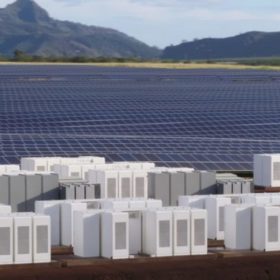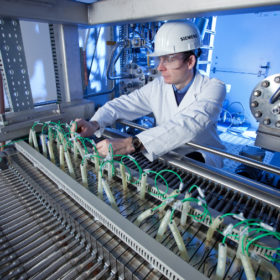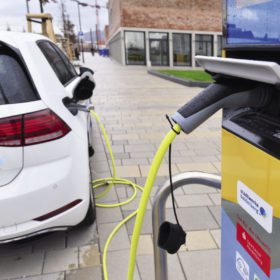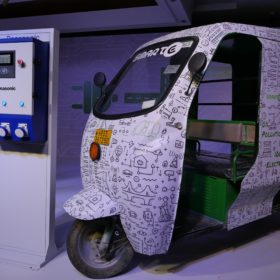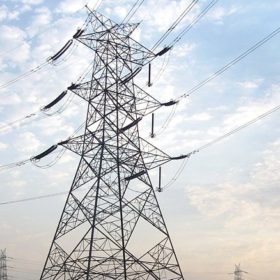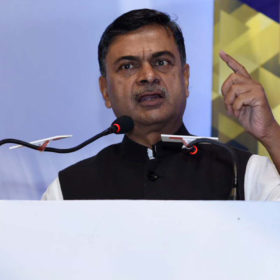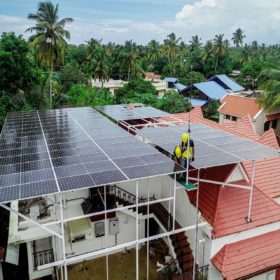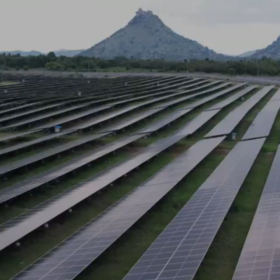Could India establish itself as the global leader in energy storage?
In India, the lack of suitable fiscal incentives and relevant experience, combined with high upfront capital costs, has hindered the adoption of battery energy storage systems (BESS) in comparison to other developed countries. However, there is potential for the country to take the lead.
Electric vehicle transition presents US$266-billion investment opportunity this decade
A new report by government thinktank NITI Aayog and Rocky Mountain Institute (RMI) identifies financing as one of the hurdles for India’s electric mobility transition. It proposes solutions to lower the cost and increase finance for electric vehicles in the nation.
Green hydrogen cost could fall more than 50% by 2030
With this, green hydrogen (hydrogen produced using renewable energy) would become cost-competitive with hydrogen from fossil fuels in certain industrial applications such as ammonia production for fertilizers.
India’s 2030 electric vehicle ambition could create INR 85,900-crore battery opportunity
A new report says that the nation would require an estimated annual battery capacity of 158 GWh to realize its 2030 electric vehicle (EV) adoption target. Meeting this potential demand would require investments exceeding INR 85,900 crore (US$ 12.3 billion) in case battery manufacturing is 100% indigenized.
Electric vehicle adoption in India will be led by three-wheelers
Electric vehicles will account for 65-75% of new three-wheeler (3W) sales by 2030. Intra-city transport buses will see 25-40% EV penetration and two-wheelers 25-35%. In four-wheeler passenger vehicles, the market will be driven by shared mobility, while just 10-15% of new car sales for personal mobility will be electric.
Reliable electricity access and customer satisfaction key to DISCOM performance, says study
A joint study by Smart Power India, an arm of US-based impact investor Rockefeller Foundation, and government thinktank NITI Aayog, evaluates the status of electricity access in India across different states and benchmarks distribution utilities’ capacity to provide electricity access. It also offers recommendations to help DISCOMs realize their full potential.
India could have 20 GW more solar manufacturing
Power Minister RK Singh has revealed interest from manufacturers in developing more production lines even before incentive schemes being drawn up by the government are taken into account.
India still nowhere near energy sufficiency
The government is trying to harness renewables to increase domestic output but will need a more liberal energy market and to consider the structure of procurement auctions, cloying red tape and the financial travails of state utilities if it is to achieve its goals, says Rakshika Kaul of Amp Energy India.
Indian solar tenders to incentivize advanced local manufacturing
Policymakers could amend solar auctions to encourage manufacturing as the nation chases an aggressive solar target of 300 GW by 2030.
India aims to become a hub for cutting-edge solar manufacturing
With a huge market and relevant manufacturing advantages, the country aspires to become a giga-scale manufacturing destination for the breakthrough PV technologies across the value chain.
